
Providing vital information for your everyday life in this postmodern dystopia we find ourselves in. My article archives are in my highlights. I sell books!
6 subscribers
How to get URL link on X (Twitter) App

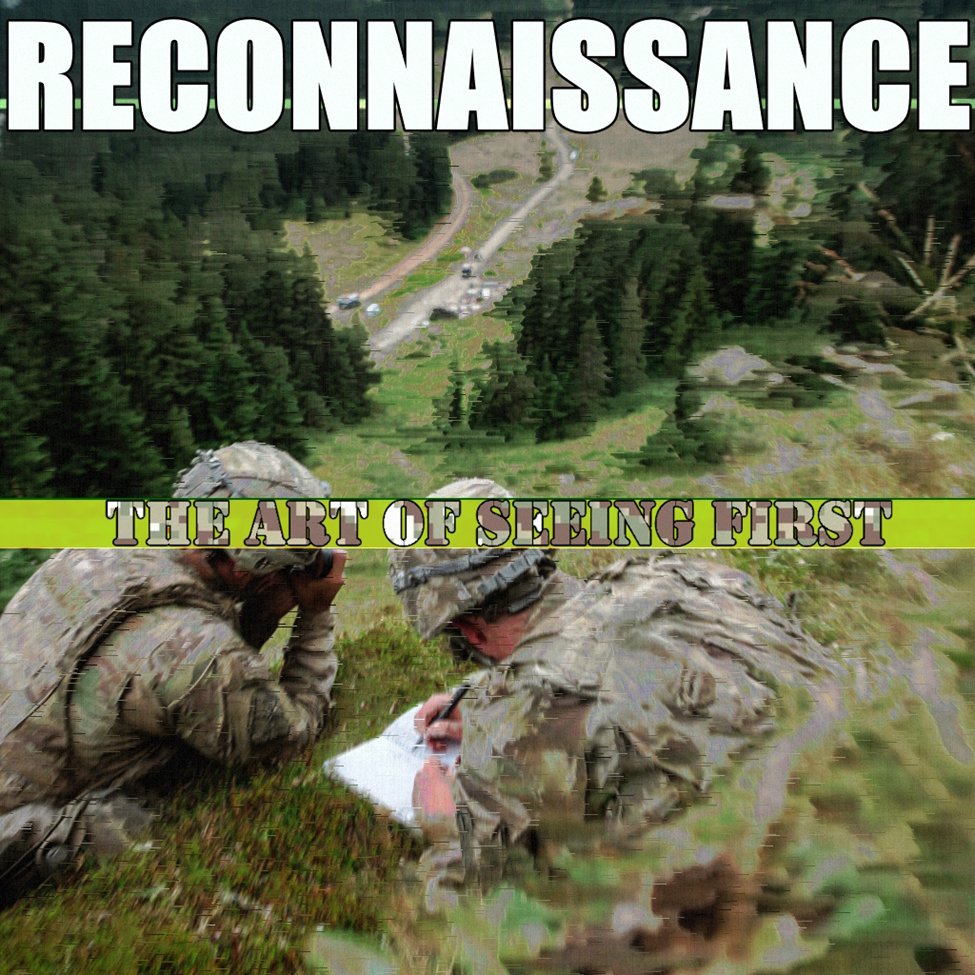
 Reconnaissance
Reconnaissance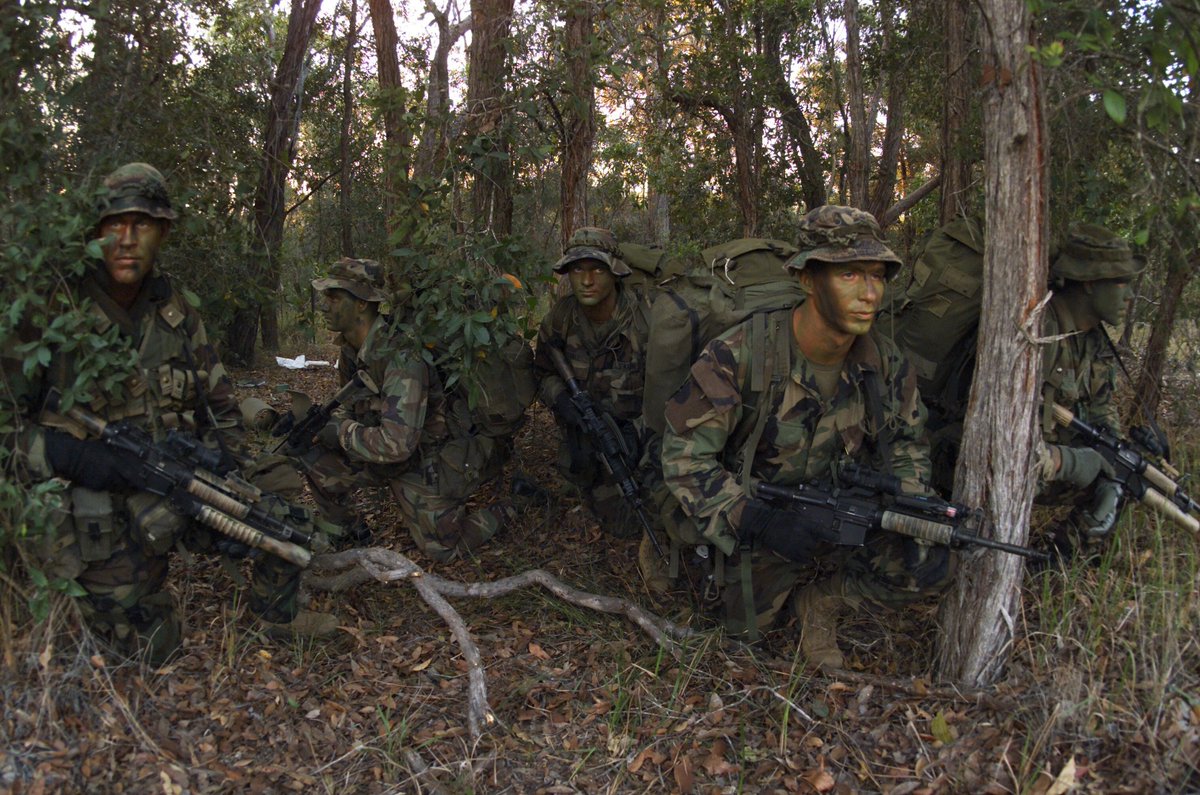
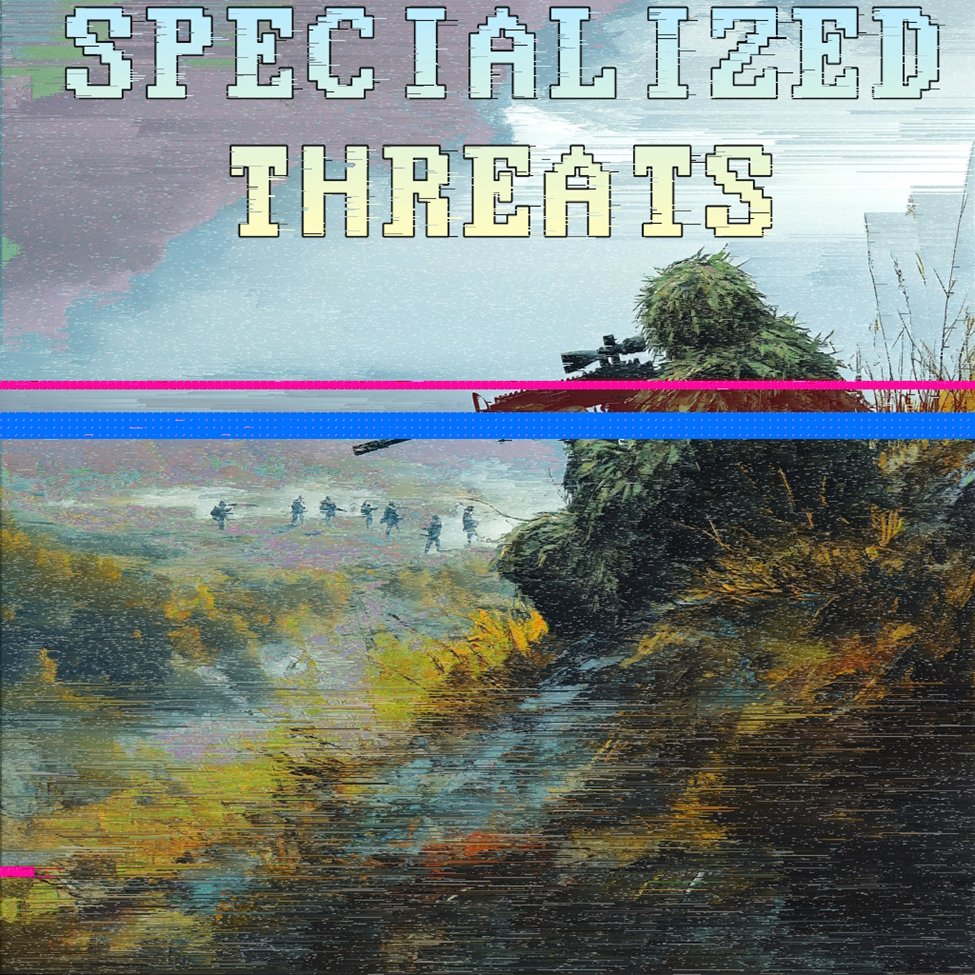
 Specialized Threats and Countermeasures.
Specialized Threats and Countermeasures.
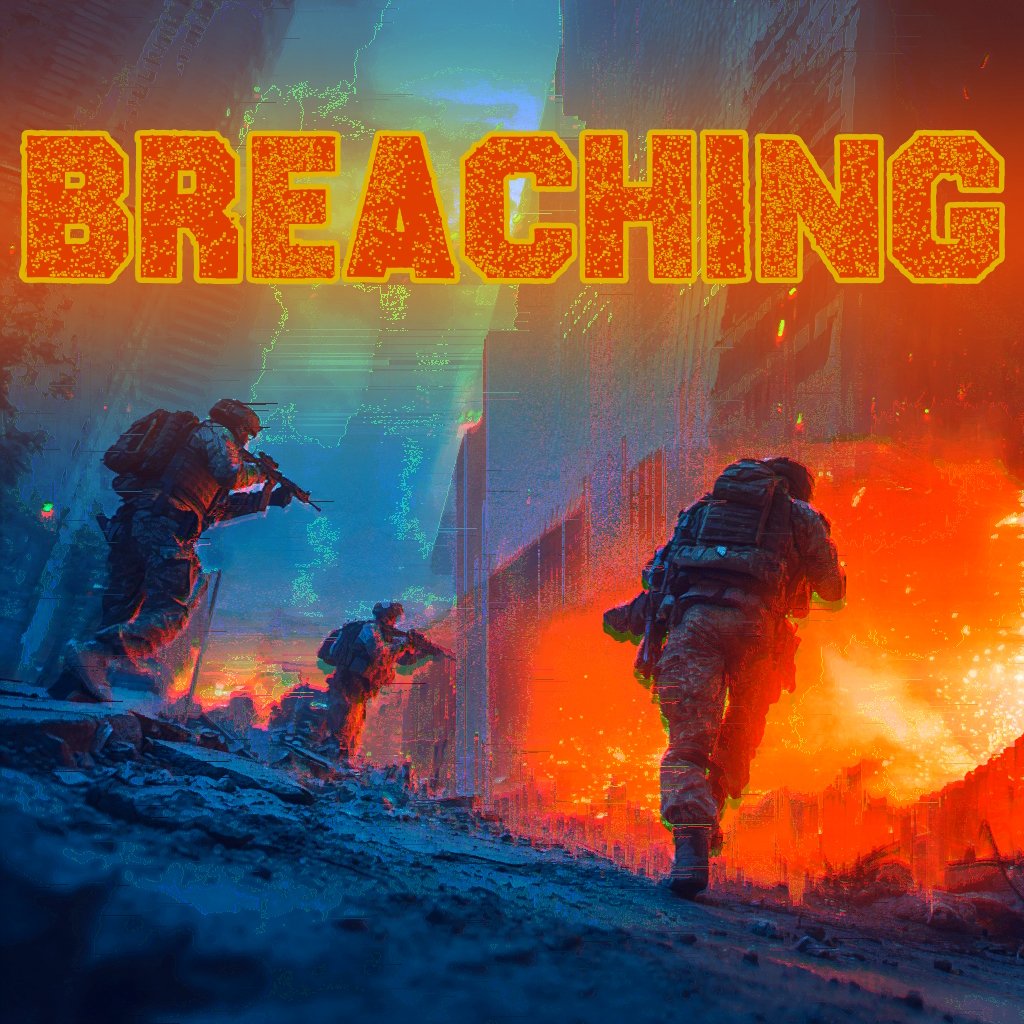
 Breaching and SOSRA
Breaching and SOSRA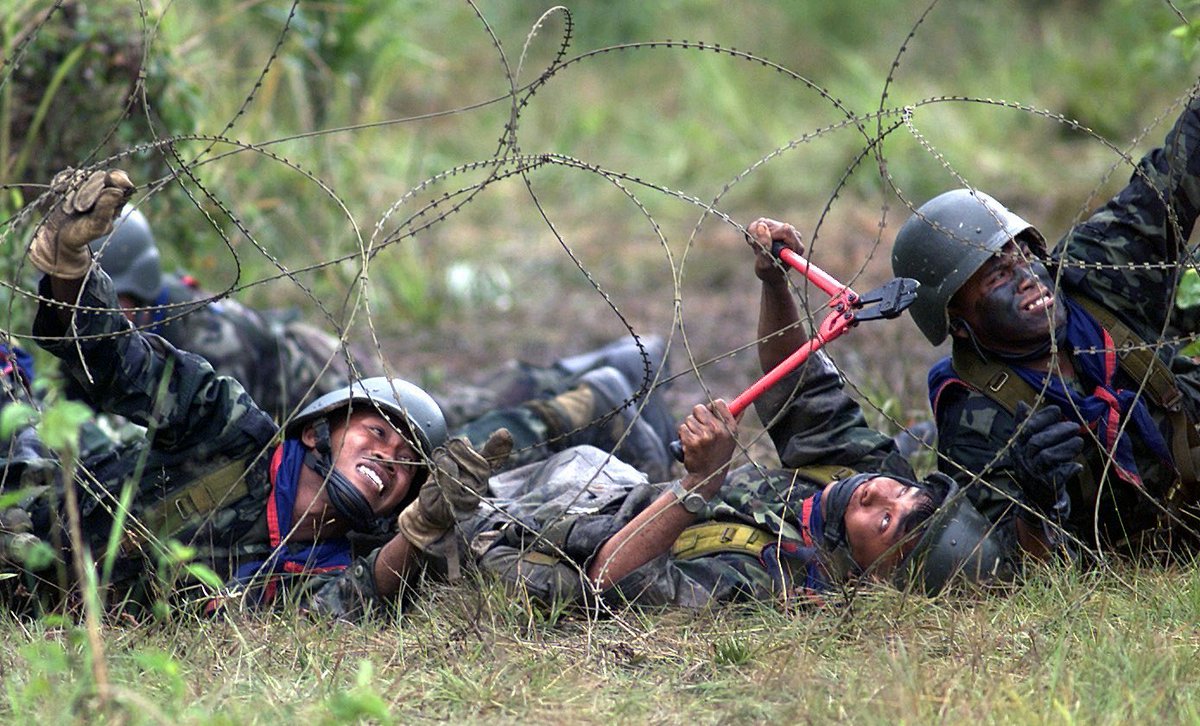
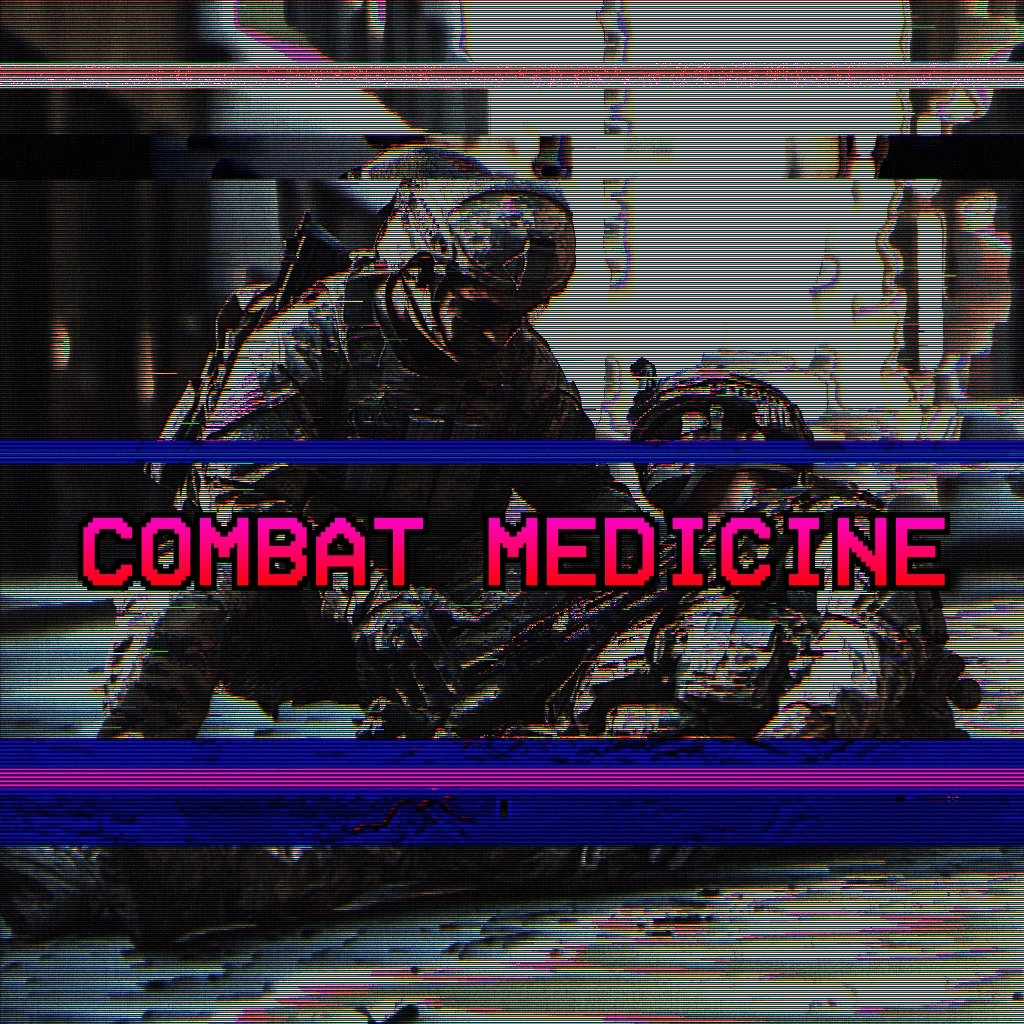
 Quick disclaimer. I AM NOT A DOCTOR. THIS IS NOT MEDICAL ADVICE. SEEK ALL MEDICAL TREATMENT FROM A PROFESSIONAL! This article provides basic educational information only and does not substitute professional medical training or advice. Always seek proper medical training from qualified instructors. The author is not liable for any actions taken based on the information provided.
Quick disclaimer. I AM NOT A DOCTOR. THIS IS NOT MEDICAL ADVICE. SEEK ALL MEDICAL TREATMENT FROM A PROFESSIONAL! This article provides basic educational information only and does not substitute professional medical training or advice. Always seek proper medical training from qualified instructors. The author is not liable for any actions taken based on the information provided.

 Squad Night Operations
Squad Night Operations

 Patrol Bases – An Introduction
Patrol Bases – An Introduction
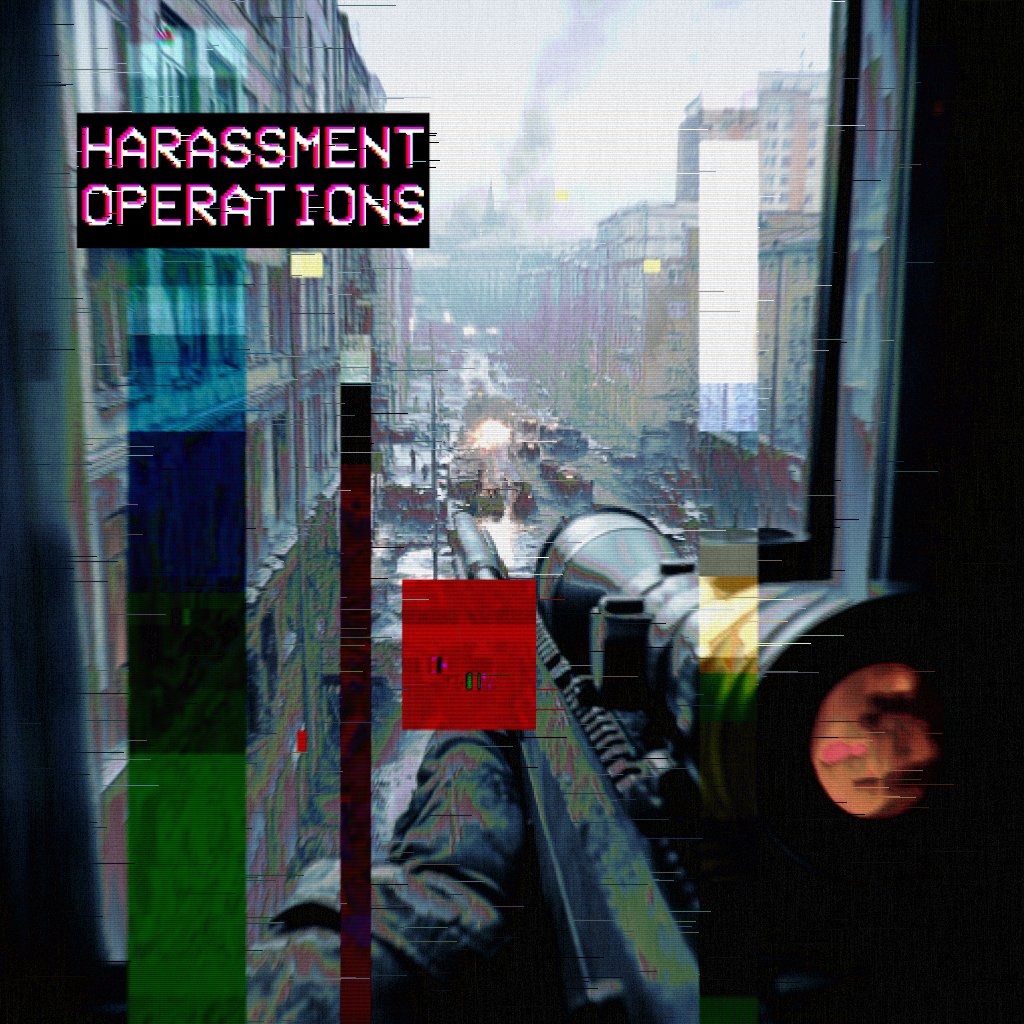
 Harassing Operations.
Harassing Operations.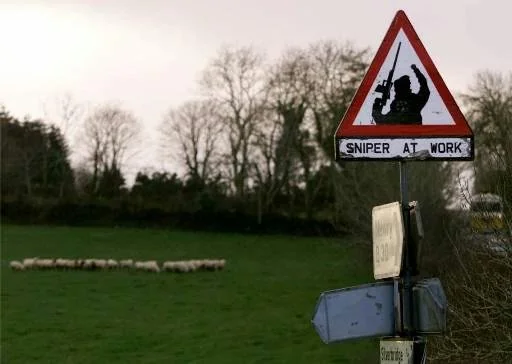
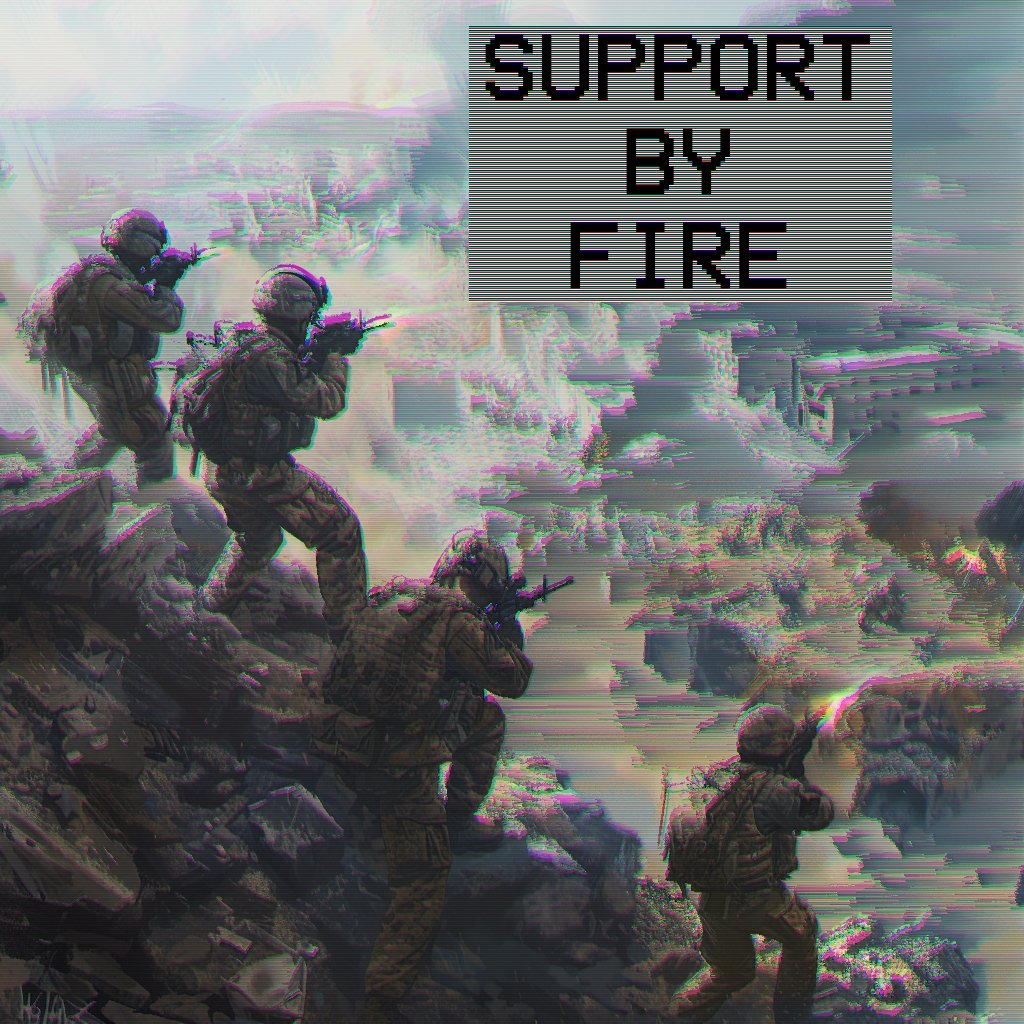
 Support by Fire
Support by Fire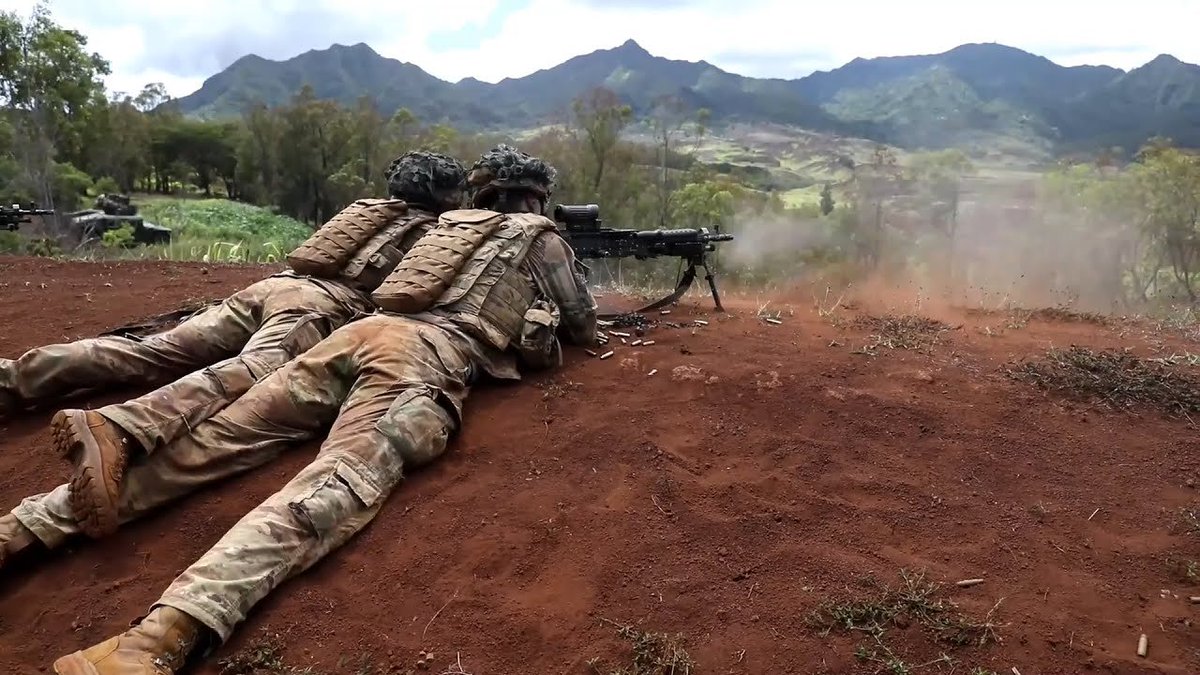
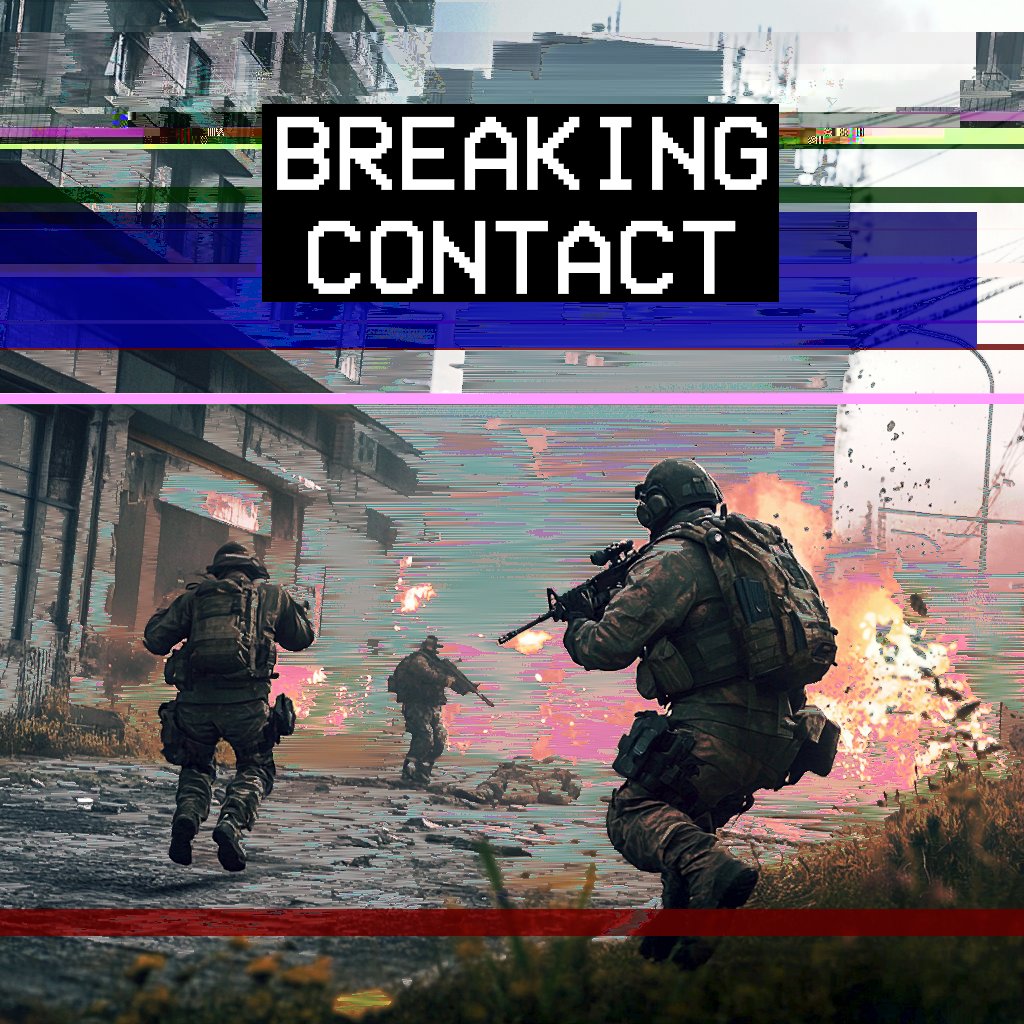
 Breaking Contact
Breaking Contact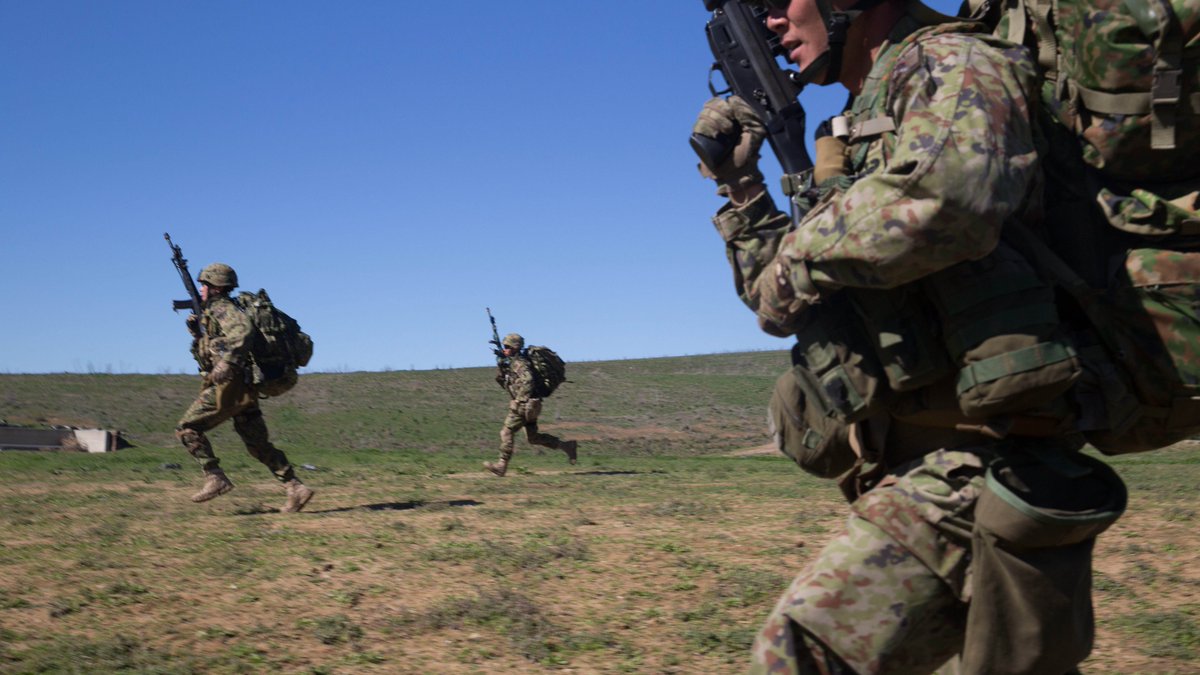
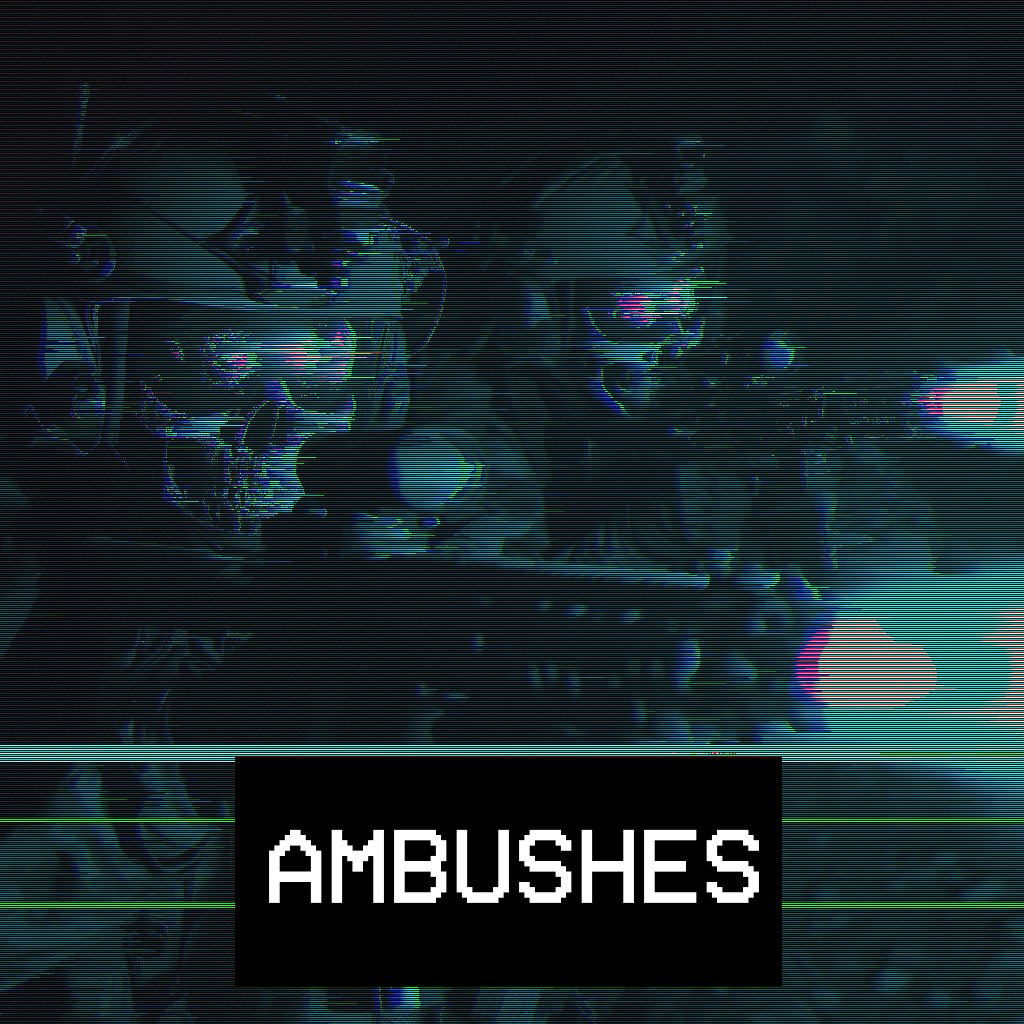
 Squad Tactics – The Ambush
Squad Tactics – The Ambush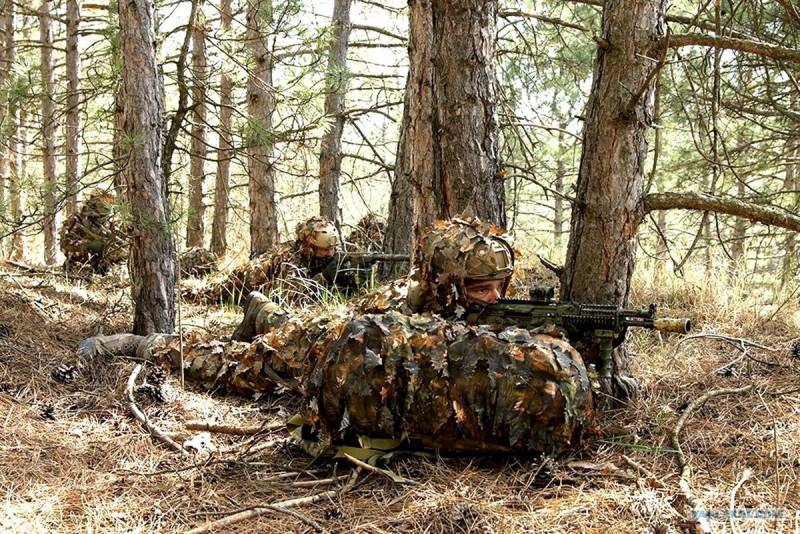

 Area denial, sometimes referred to as anti-access, is a common military tactic to control the access into and out of an area. Area denial is a particularly useful tool for irregular forces such as smaller special forces teams, guerrillas, and militias. The US military considers the adoption of area denial strategies by adversarial forces as, “[something] that may well be the most difficult operational challenge US forces will face over the coming decades.” While that quote may be from 2012 (JOAC 17 January 2012), it still rings true and can be seen in areas such as Ukraine where FPV drones create zones that units can only enter at their own peril. Area denial is a powerful tool in the strategic toolbox for units to make use of to help slow or fully stop the movement of enemy forces through an area. As usual, little disclaimer right here.
Area denial, sometimes referred to as anti-access, is a common military tactic to control the access into and out of an area. Area denial is a particularly useful tool for irregular forces such as smaller special forces teams, guerrillas, and militias. The US military considers the adoption of area denial strategies by adversarial forces as, “[something] that may well be the most difficult operational challenge US forces will face over the coming decades.” While that quote may be from 2012 (JOAC 17 January 2012), it still rings true and can be seen in areas such as Ukraine where FPV drones create zones that units can only enter at their own peril. Area denial is a powerful tool in the strategic toolbox for units to make use of to help slow or fully stop the movement of enemy forces through an area. As usual, little disclaimer right here. 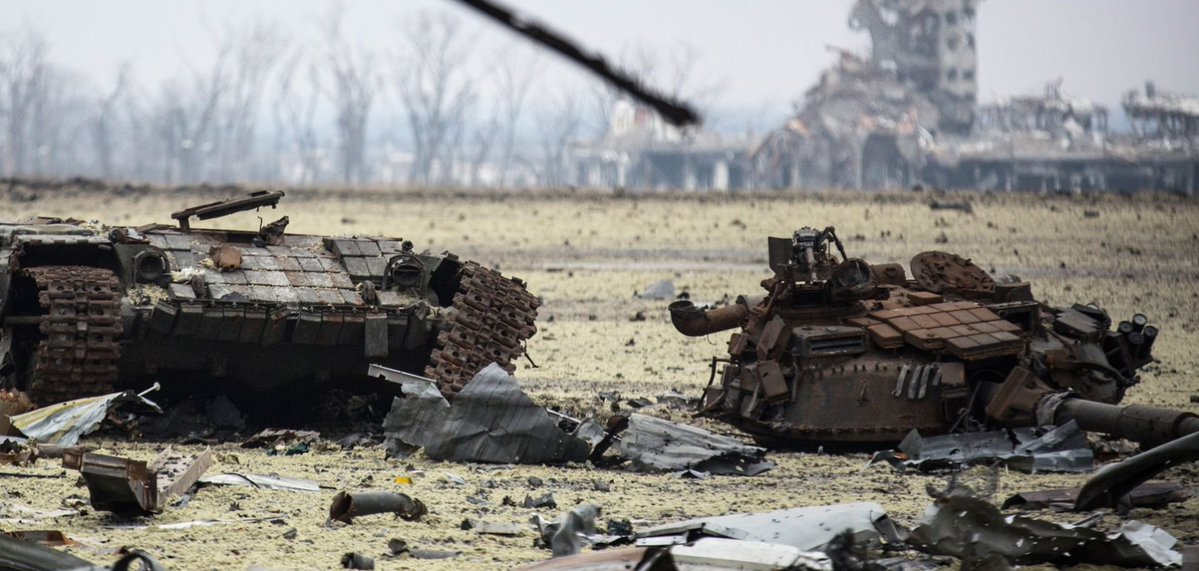
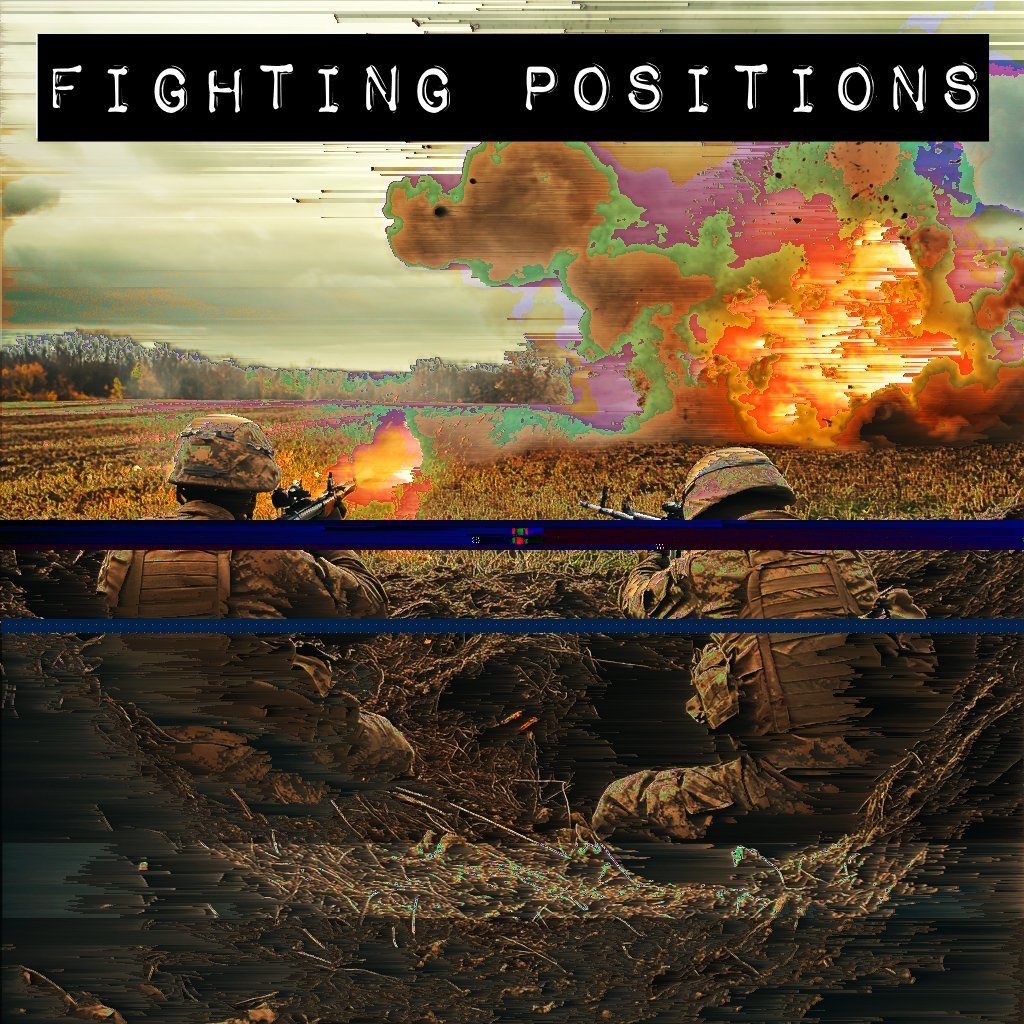
 Basic Fighting Positions
Basic Fighting Positions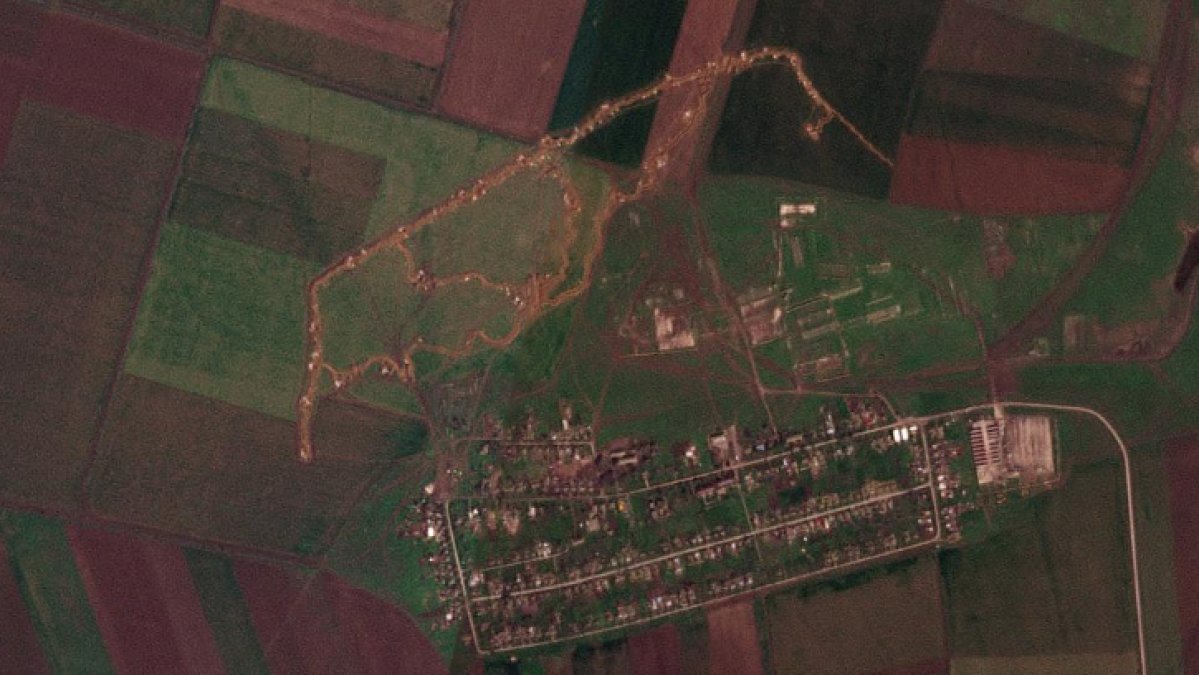

 Used from the conventional to the guerilla, the raid is another tool in the toolbox of various operations that can be conducted in the field with a squad sized element. With a history that stretches back to the bronze age, the raid continues to be a strong tactic utilized in the battlespace. Raids, sometimes referred to as, “smash and grabs,” are a fast-hitting attack with an underlying objective that does not involve taking and holding any land for a long period. Raids are the bread-and-butter operation of choice of irregular forces such as guerillas, commandos, militias, and other unconventional warfare elements. The raid is centered around the objective, the objective in question can be singular or plural in nature. The objective can be as simple as supply procurement or destruction to the complex world of psychological warfare. While raids can be scaled to almost any size, this article is going to cover a squad sized element.
Used from the conventional to the guerilla, the raid is another tool in the toolbox of various operations that can be conducted in the field with a squad sized element. With a history that stretches back to the bronze age, the raid continues to be a strong tactic utilized in the battlespace. Raids, sometimes referred to as, “smash and grabs,” are a fast-hitting attack with an underlying objective that does not involve taking and holding any land for a long period. Raids are the bread-and-butter operation of choice of irregular forces such as guerillas, commandos, militias, and other unconventional warfare elements. The raid is centered around the objective, the objective in question can be singular or plural in nature. The objective can be as simple as supply procurement or destruction to the complex world of psychological warfare. While raids can be scaled to almost any size, this article is going to cover a squad sized element. 


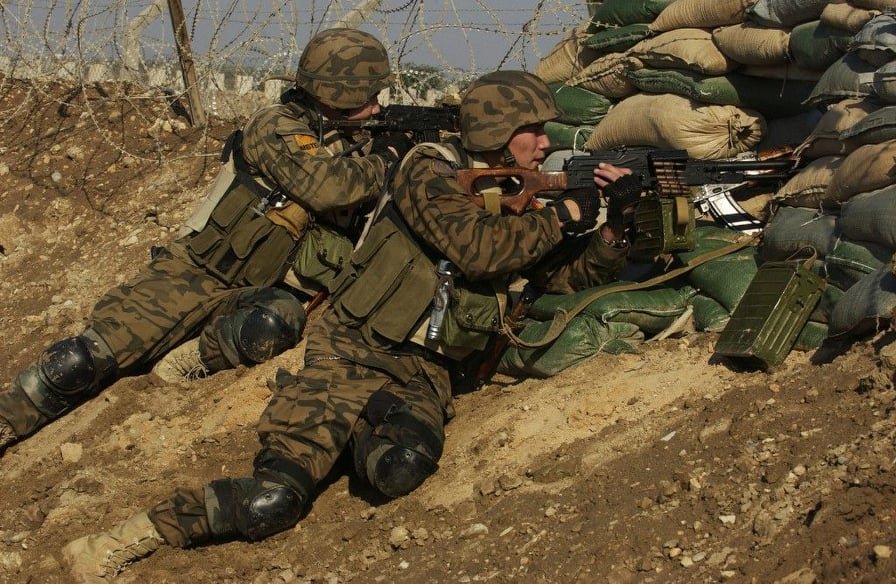
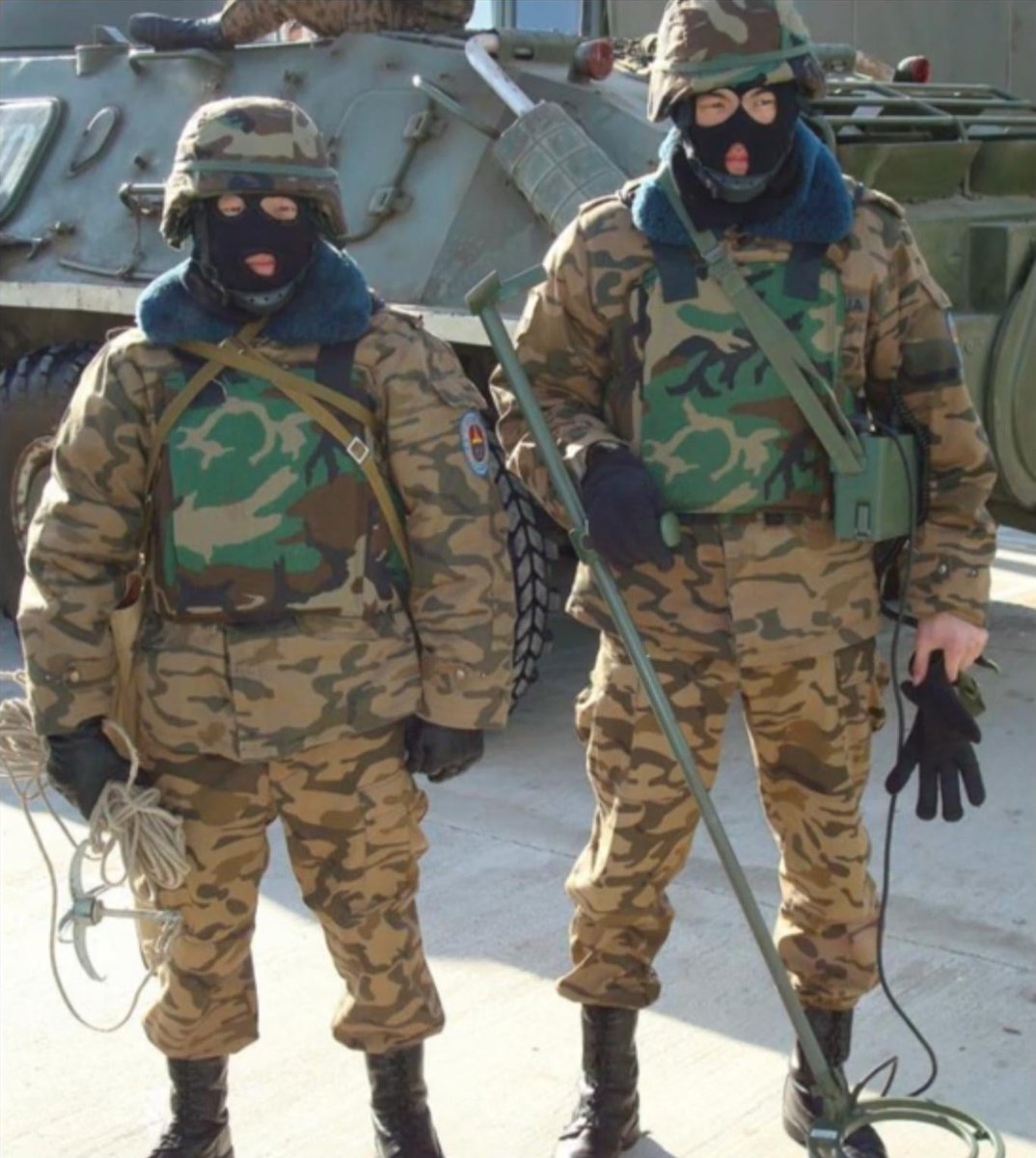
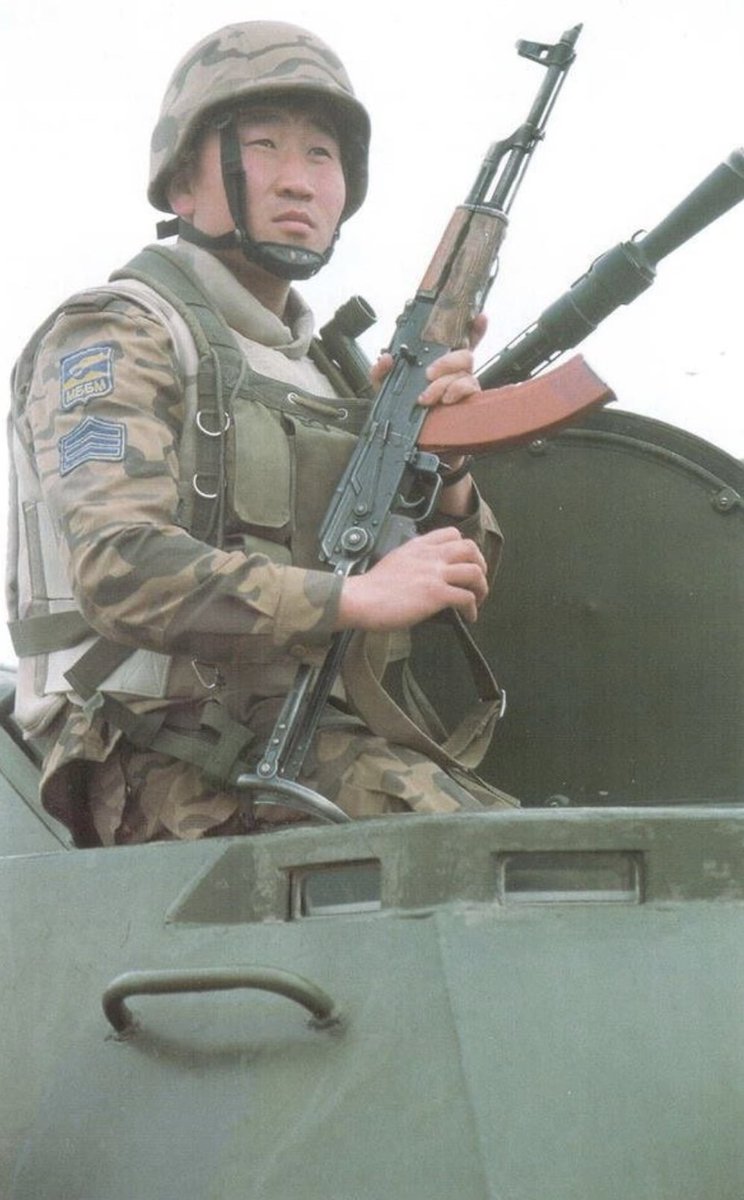 US officers often remarked that Mongolian troops were, "unshakeable under fire," "hyper-disciplined," and took perimeter security extremely seriously. MP's often said that the best way to protect a base was to "give the gate to the Mongolians"
US officers often remarked that Mongolian troops were, "unshakeable under fire," "hyper-disciplined," and took perimeter security extremely seriously. MP's often said that the best way to protect a base was to "give the gate to the Mongolians" 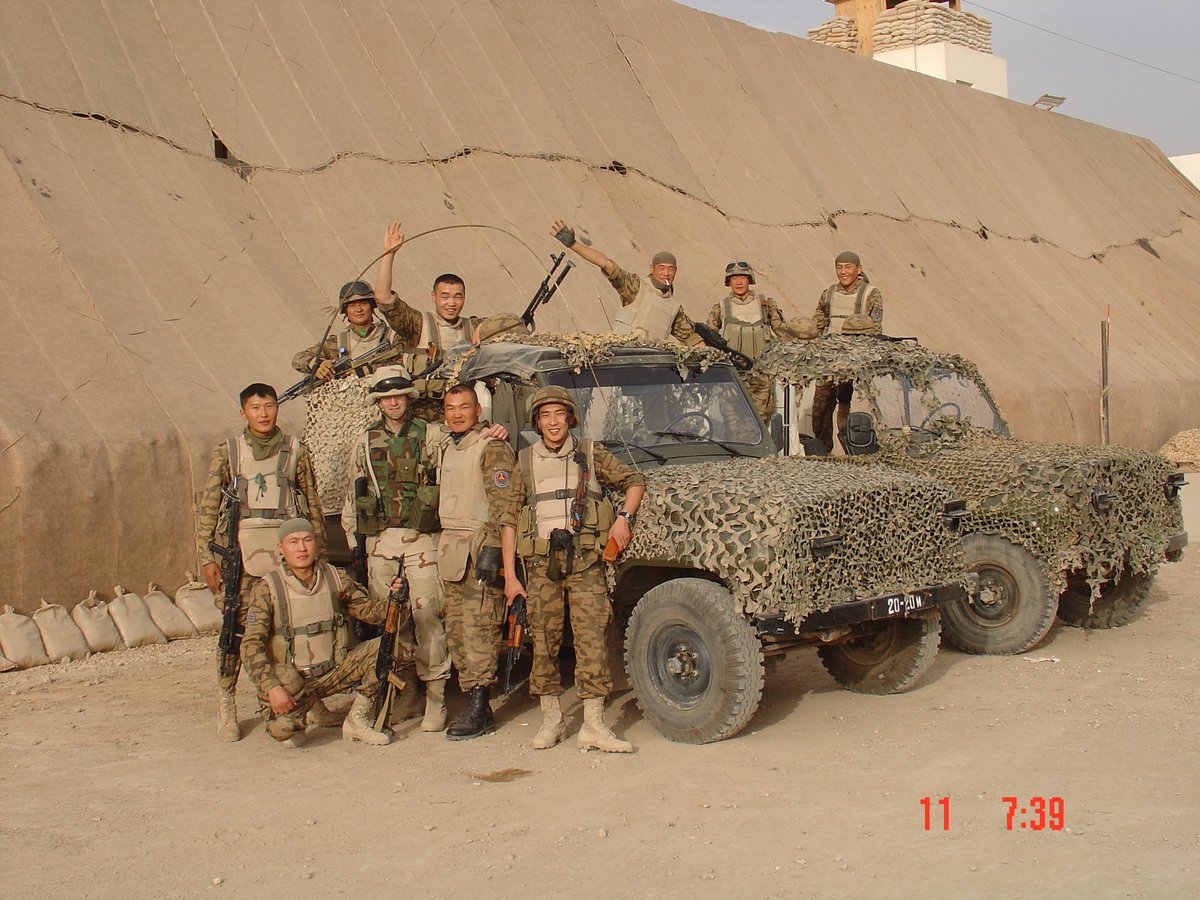
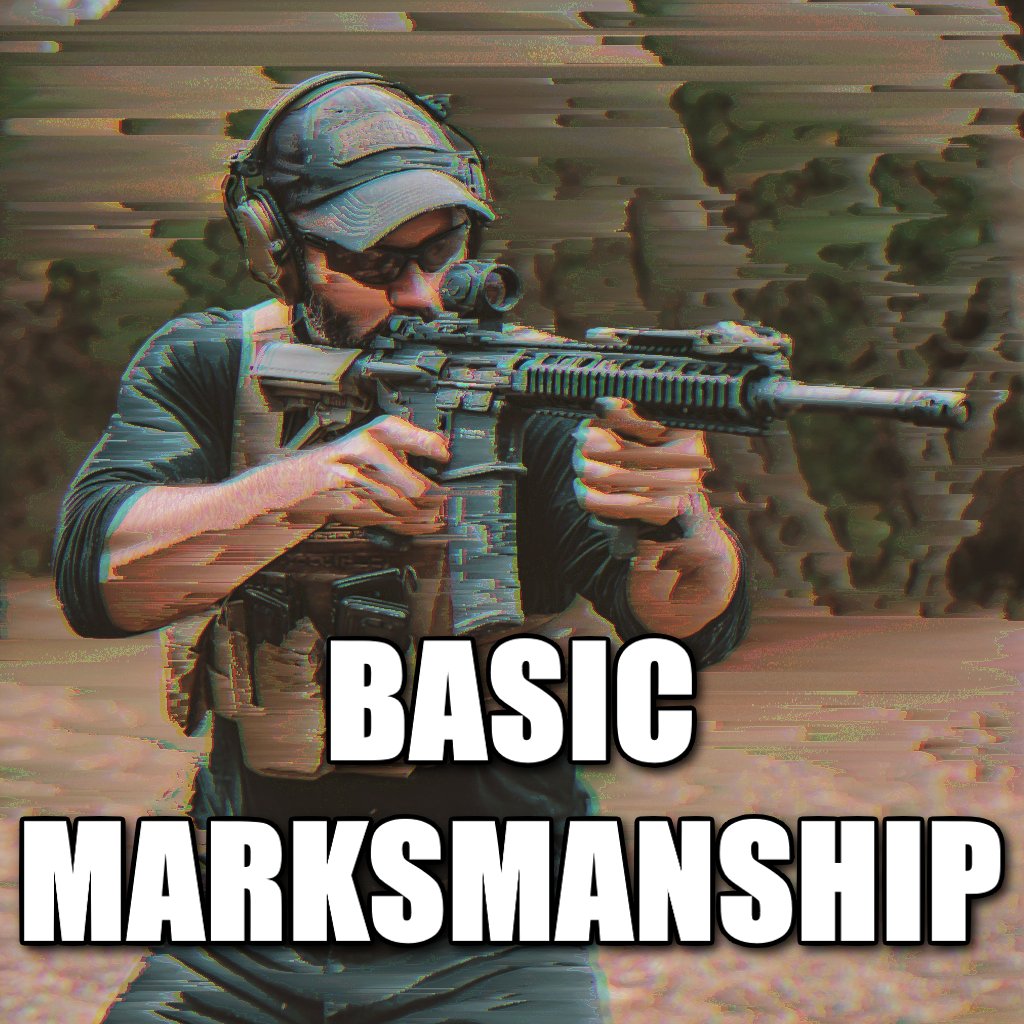
 Basic Marksmanship
Basic Marksmanship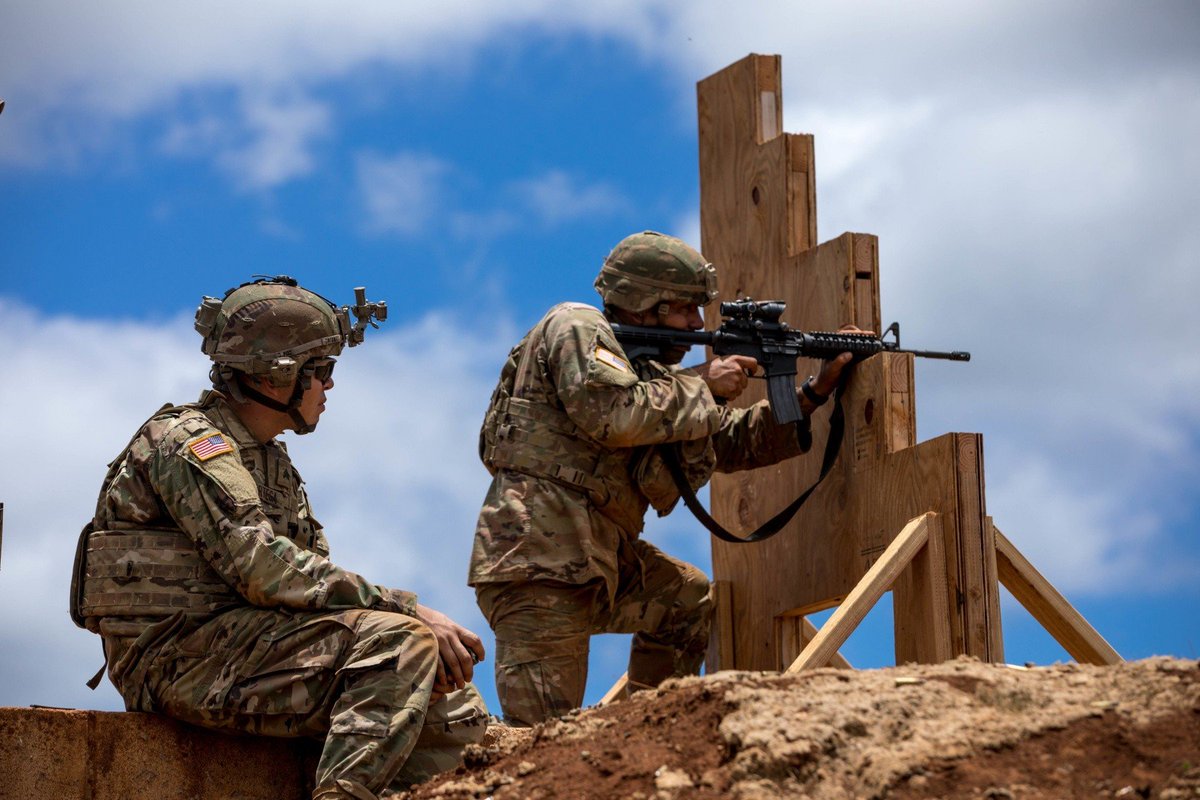

 This video here shows a police officer from the Columbine Valley in Colorado who, with the use of Flock cameras, become convinced that this woman stole a $25 package.
This video here shows a police officer from the Columbine Valley in Colorado who, with the use of Flock cameras, become convinced that this woman stole a $25 package. 
 Fireteams.
Fireteams.

 Buddy Team Fundamentals
Buddy Team Fundamentals

 Reconnaissance
Reconnaissance

 Training Methods for Small-Unit Preparedness
Training Methods for Small-Unit Preparedness